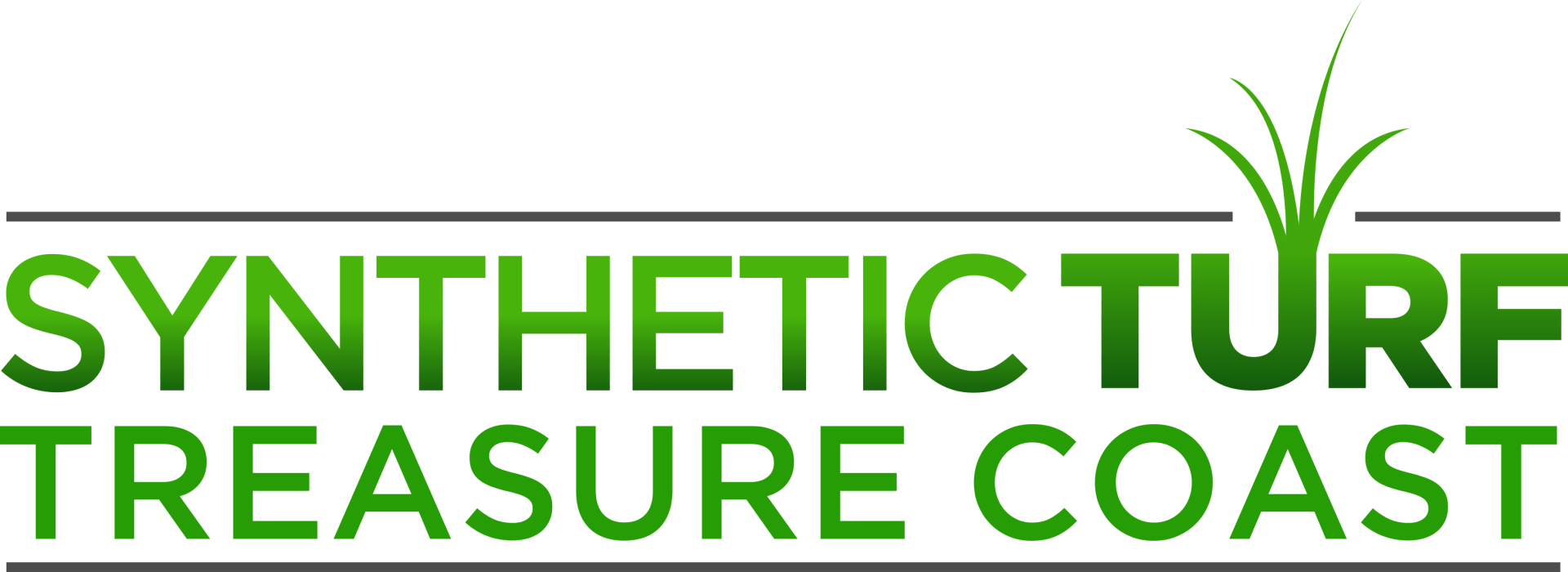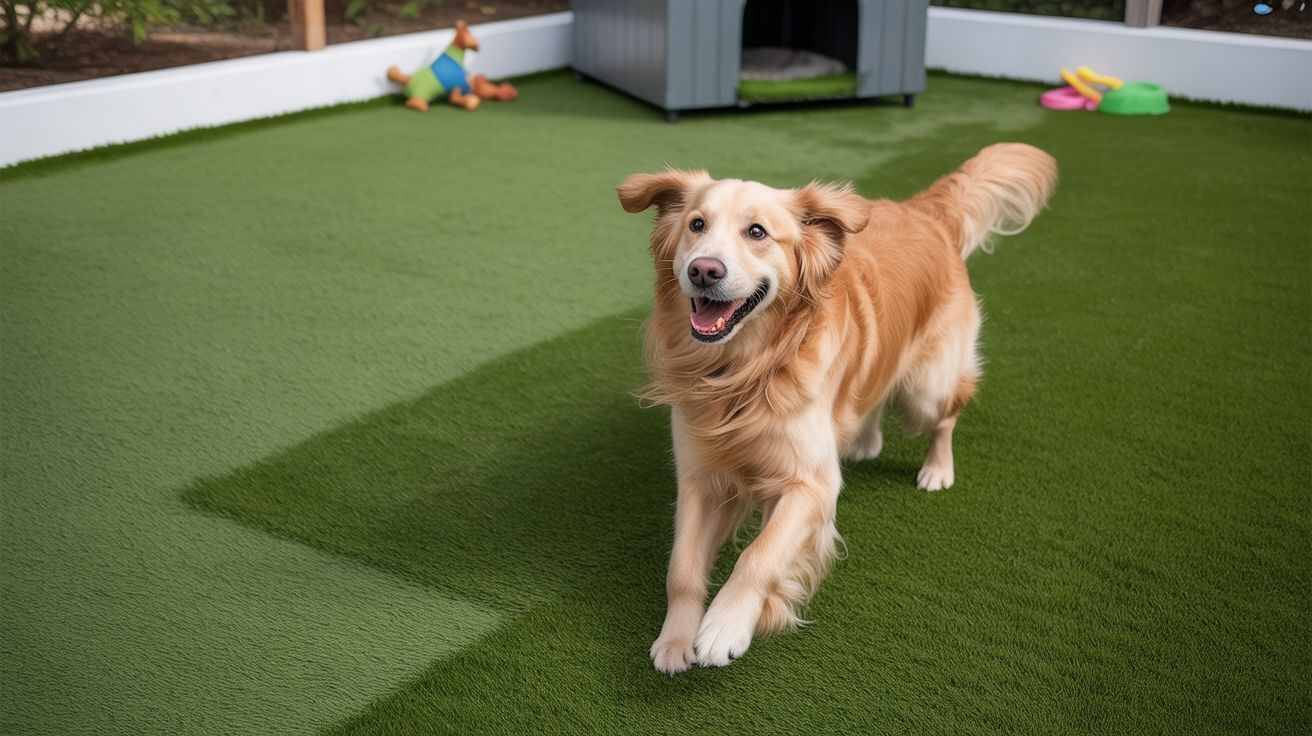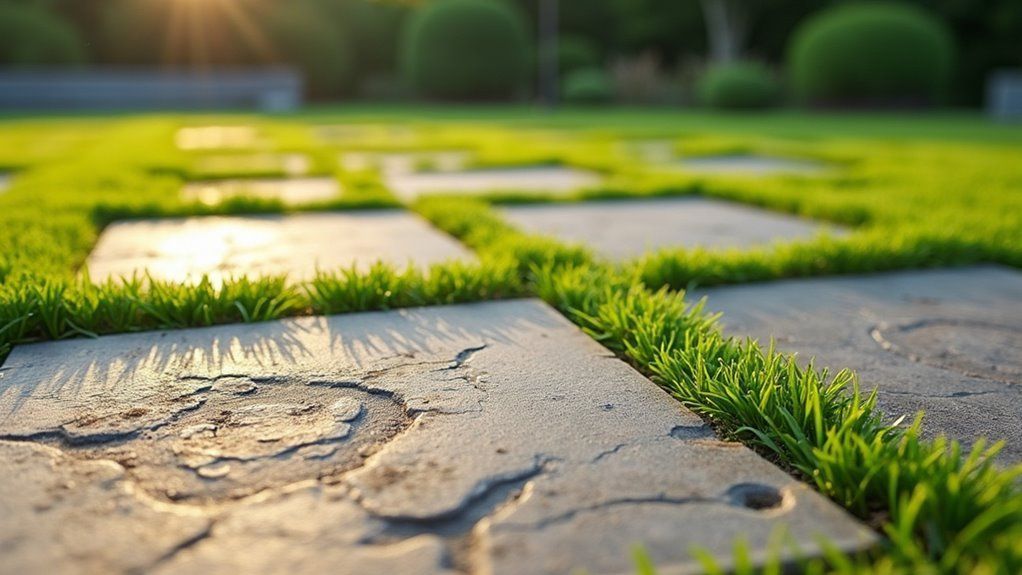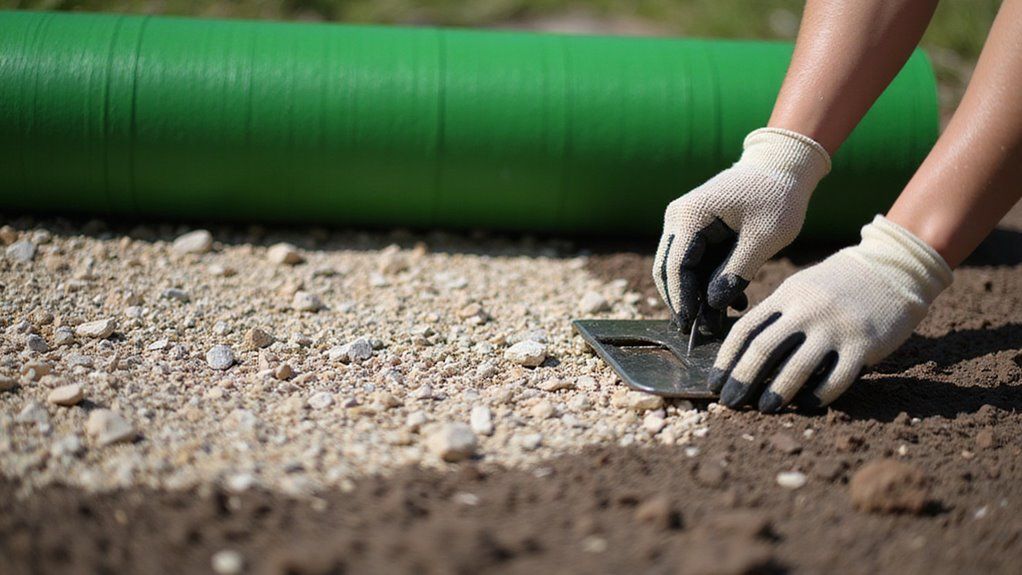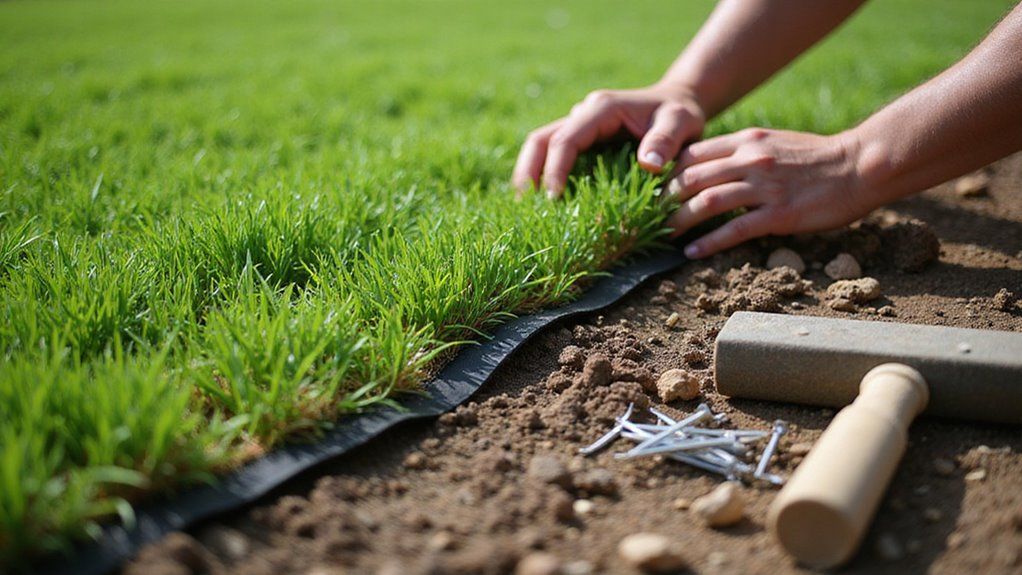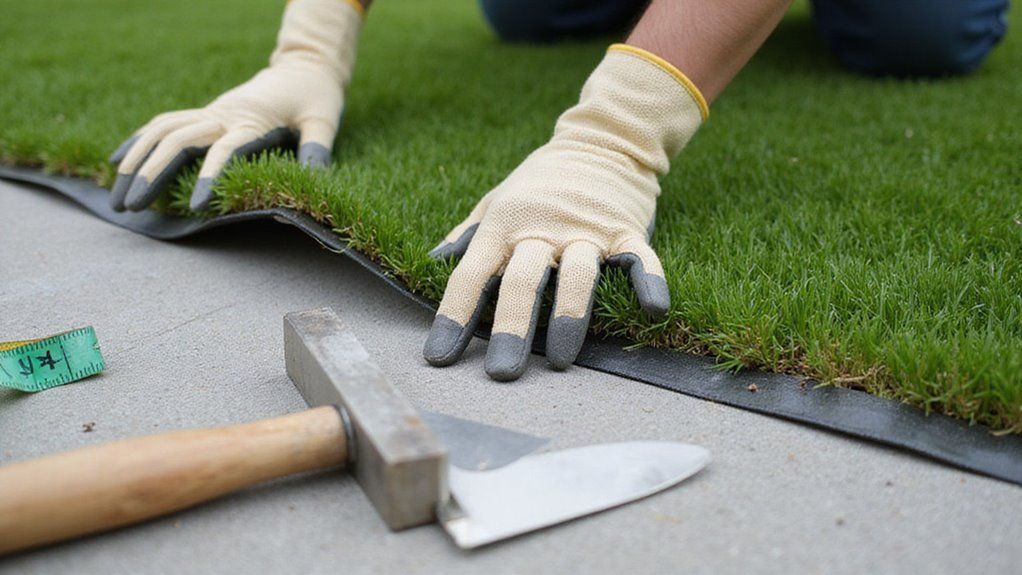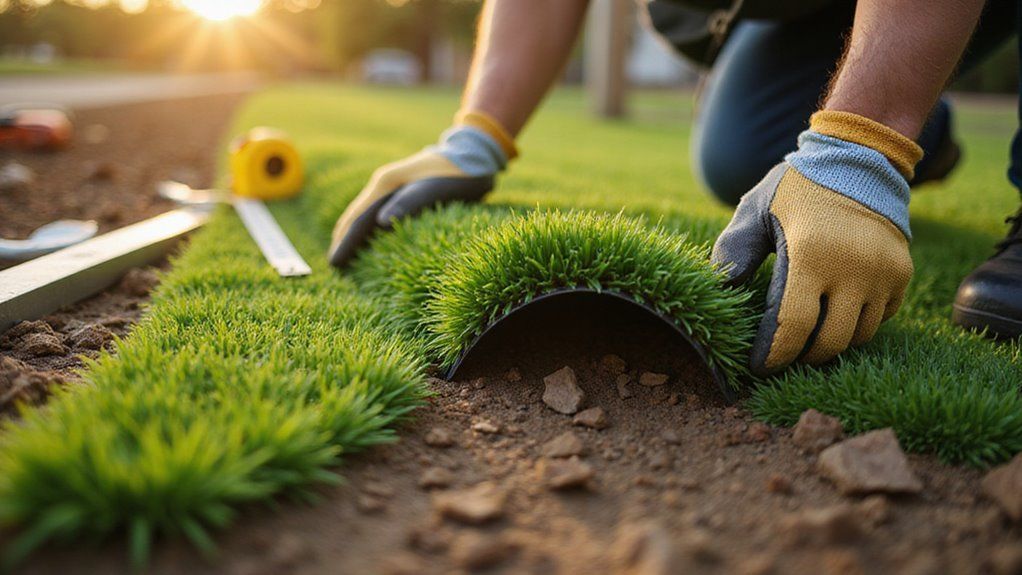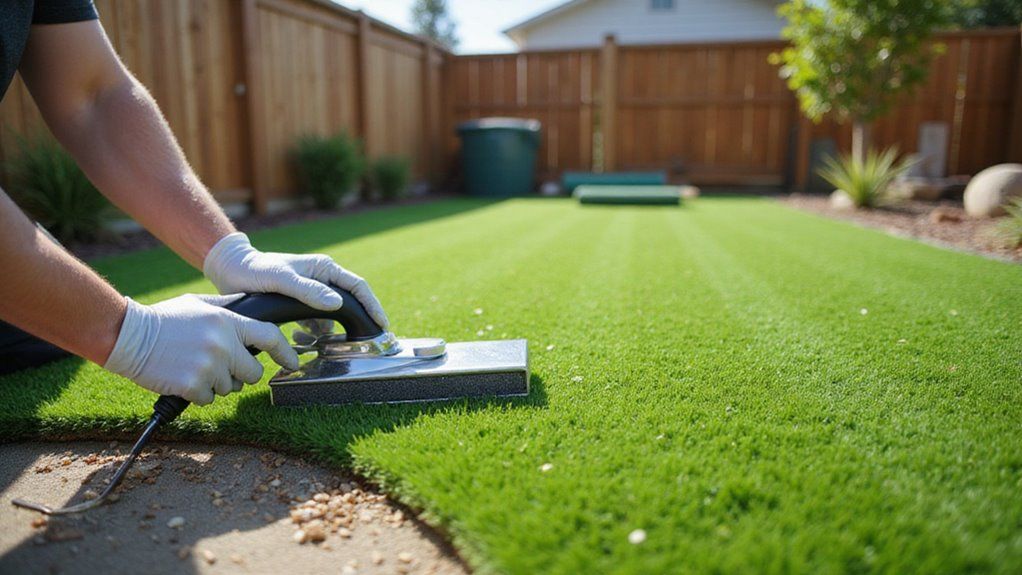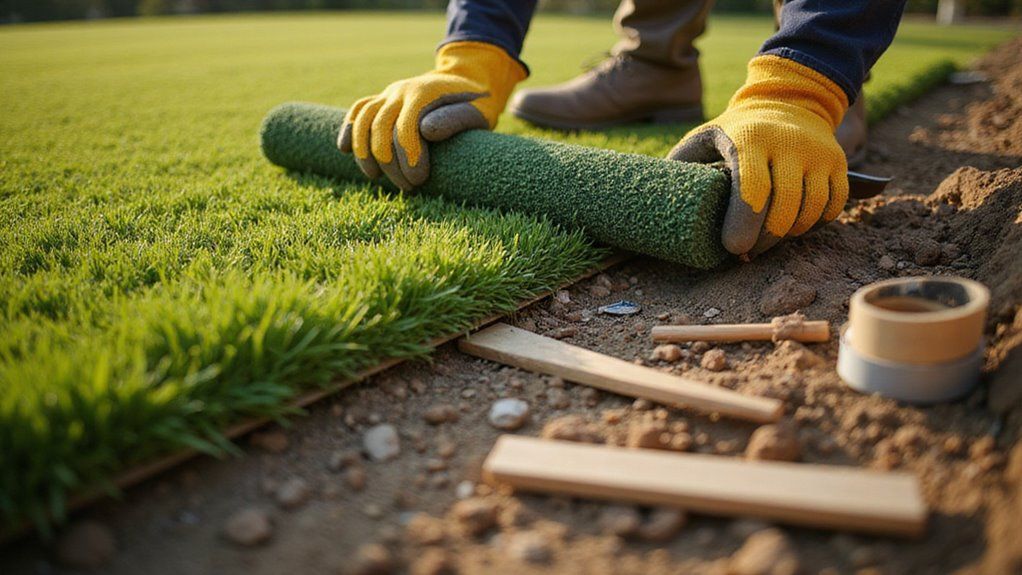Choosing the Right Artificial Grass for Your Yard: A Step-by-Step Guide
Attention Property Owners! Have you had enough of always having to water and mow your lawn? Maybe you just don't have much luck growing grass where you are. Regardless of your motivation, synthetic turf can be a great option for a beautiful, low-maintenance lawn.
This article outlines some of the greatest strategies to apply when choosing the best artificial grass.
But first:
Why Choose Artificial Grass?
Understanding the advantages of synthetic grass and how they apply to your situation is crucial before making a financial commitment to purchasing this product. Here are some reasons why artificial turf could answer your problems.
Simple To Maintain
Taking care of a natural lawn requires work. Mowing, fertilizing, watering, it's no wonder Raboine says the No. 1 reason people install artificial grass in their yard is ease of maintenance. It’s not picky about the weather, either. “Turf is a great option,” Raboine says, “as it always looks great, no matter the conditions.”(1)
Also,
artificial turf maintenance will save you money in the long run because you won't have to buy a lawnmower or install a sprinkler system. Even better, it saves you time from constant mowing and watering, which requires significant time.
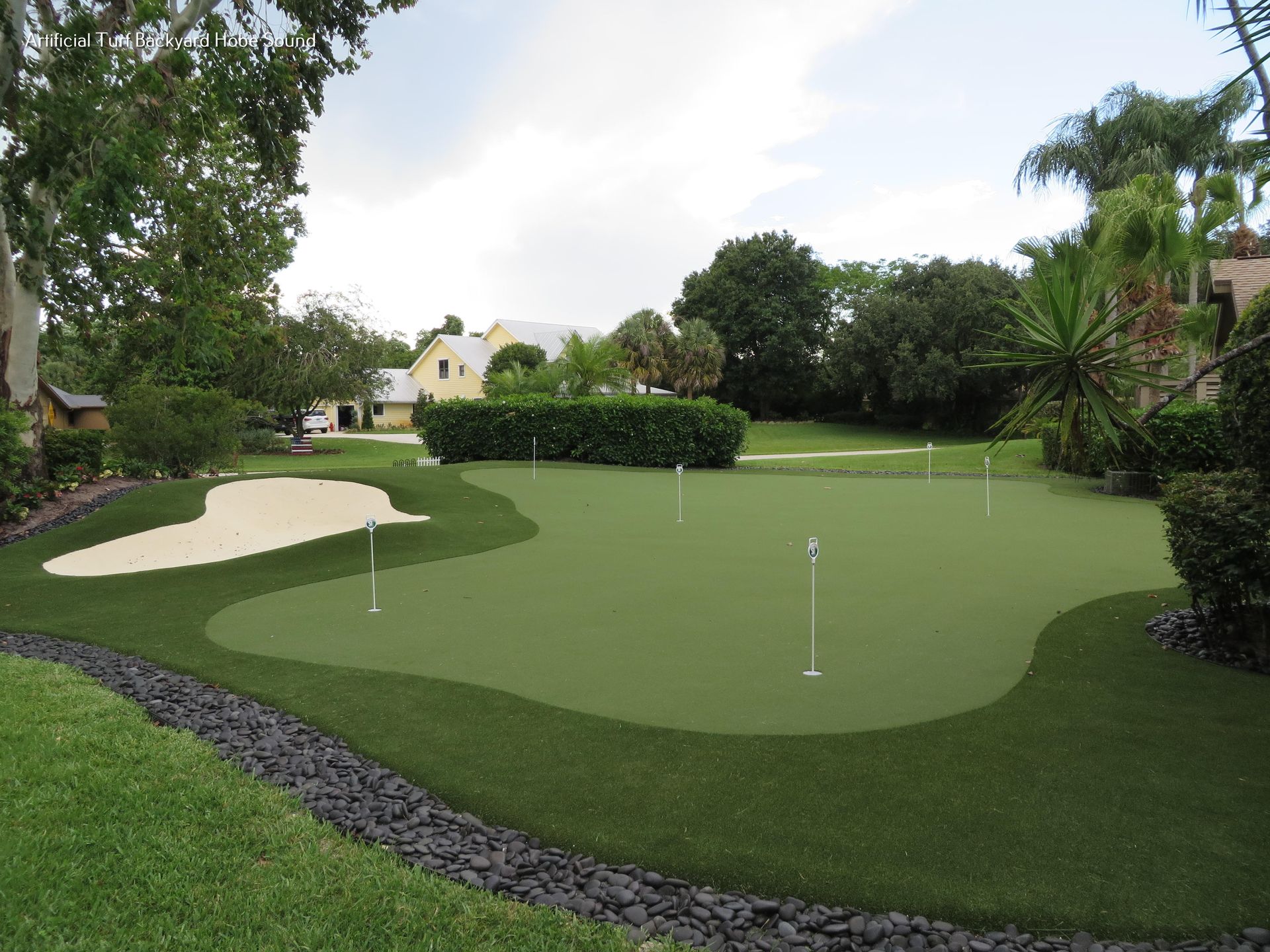
Eco-Friendly
Contrary to popular belief, high-quality synthetic grass can be extremely environmentally beneficial. For starters, it helps save a lot of water. There is no maintenance, other than the occasional wipe down, required.
It's great news for the land and water supplies because you won't apply chemical fertilizers or pesticides. Furthermore, several producers are now using sustainable and repurposed materials.
Perpetual Charm
There are excellent and poor times of year for natural lawns. They're beautiful when spring and summer arrive, but fall and winter may dull them. However,
putting green installation of artificial grass keeps its verdant hue throughout the year. You can stop stressing over those unattractive brown spots.
Versatility
You can put fake grass in more than just your lawn. It's also suitable for outdoor spaces like balconies and roof decks. Some individuals even put it in their homes, like in sunrooms.
Furthermore, if you have a garden and a passion for golf, a miniature putting green can be constructed relatively easily. It has a degree of adaptability that natural grass simply cannot match.
Consistency
The growth of grass in its natural state is not uniform; some places may thrive while others remain barren despite your best efforts. However,
with
backyard putting green installation, your yard will always look neat because of the consistent appearance of artificial grass.
Step-By-Step Guide to Choosing the Right Artificial Grass
Whatever draws you to artificial grass—the time savings, the aesthetics, the adaptability, the environmental friendliness—offers a wide range of benefits that make it a compelling substitute for a natural lawn. Here are some of the best tips for choosing the right artificial grass.
Step 1: Evaluate Your Needs
Determine your purpose for the grass first. To do that, it's best to start with some basic inquiries.
- Is this for a heavily used location, like a children's playground, or is it purely for decoration?
- Do you plan to bring any pets inside the room?
- Is your area prone to drought or flooding because of its climate?
You can also consult
backyard putting green installation near me experts to help determine the best fit for your area.
Step 2: Estimate the Height of The Pile
The size of the grass blades, or "pile height," is a major factor in your fake grass's overall appearance and feel. Depending on where you want to put your artificial grass, you may choose short, medium, or long piles.
Therefore, consider:
- Short pile (between 20 and 30 millimeters) for your balcony or putting green for a more manicured appearance
- Medium pile heights between 30 and 37 millimeters for any residential construction.
- And a long pile (>37 mm) for a heavy foot activity area
Step 3: Verify Mass and Density
There is a direct proportion between turf quality and weight. Heavy turf tends to last longer but costs more. Therefore, consider:
- High-density artificial grass, especially if installed in a busy area. Toughness is increased.
- Low Population Density: Optimal for Quiet Neighborhoods.
Step 4: Thinking About Colors
You can't just say that artificial grass is "green." The many hues in real grass are reflected in several available alternatives. You can choose a monotone or multi-tone artificial grass:
- Monotone is less expensive yet has a synthetic appearance.
- For a Multi-tone, use a range of greens and perhaps some browns to achieve a more realistic look.
Step 5: Plan Your Spending/Budget
The process of establishing a financial plan for the installation of artificial grass is essential and should not be rushed. The expense of the turf is simply one part of a much larger procedure. Here’s how you can achieve a practical budget:
Find Out How Big the Place Is: The first step in installing fake grass is to accurately measure the area. Keep in mind that putting green installation cost, infill, and labor will all increase in proportion to the size of the area to be covered.
Consider the Grass Variety: The cost of grass varies depending on its variety. For instance, polyethylene is typically more expensive but has a more organic appearance and feel. Although polypropylene is less expensive than other materials, it may not last as long or seem natural.
Budget for Repairs and Upkeep: Although minimal, artificial grass does require some upkeep in the form of occasional cleaning supplies or particular tools for cleaning the turf.
Step 6: Ask About the Infill, Backing, And Drainage Choices.
Conclusion
With this detailed guide, you can make an informed decision about artificial grass and have peace of mind knowing that it's the right choice for your home and your family.
Artificial grass must have high drainage capacities to be installed in a wet climate. The best fake grass will naturally drain, but it never hurts to check. Also, determine the types and availability of infill and backing materials for a more steady grass.
About the author
Kathy Leavell
Kathy Leavell is the founder and owner of Synthetic Turf Treasure Coast, a leading provider of synthetic grass solutions for residential and commercial properties in Florida. With over a decade of experience in the industry, Kathy has become a recognized expert in synthetic turf installation, maintenance, and repair. Under her leadership, Synthetic Turf Treasure Coast has earned a reputation for exceptional customer service and high-quality workmanship.
Prior to starting her own business, Kathy worked in sales and marketing roles at several major synthetic turf manufacturers.
